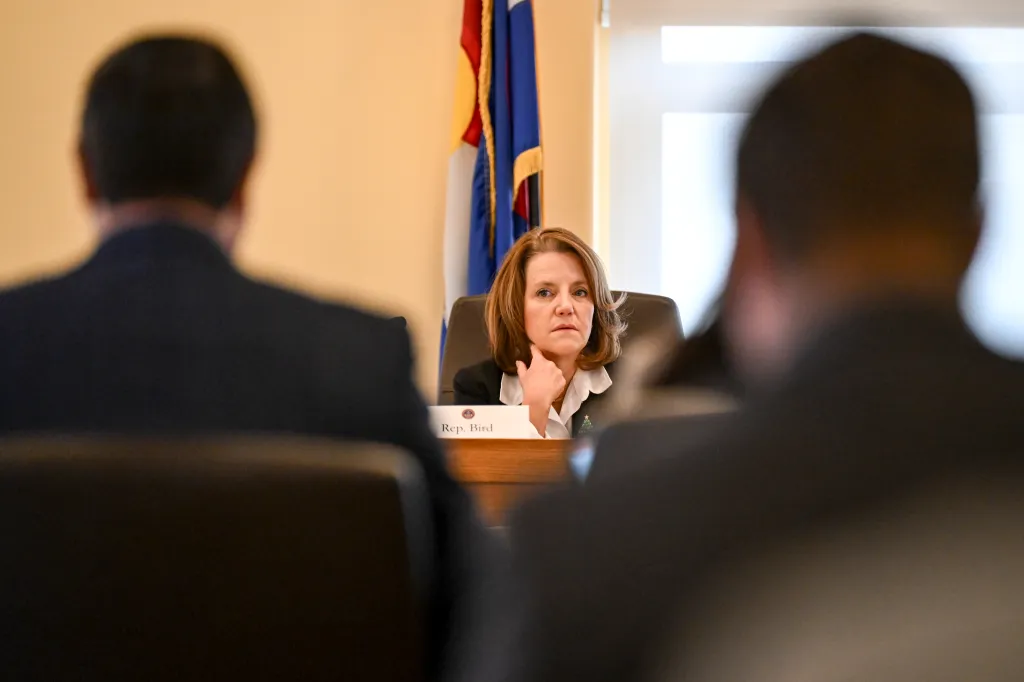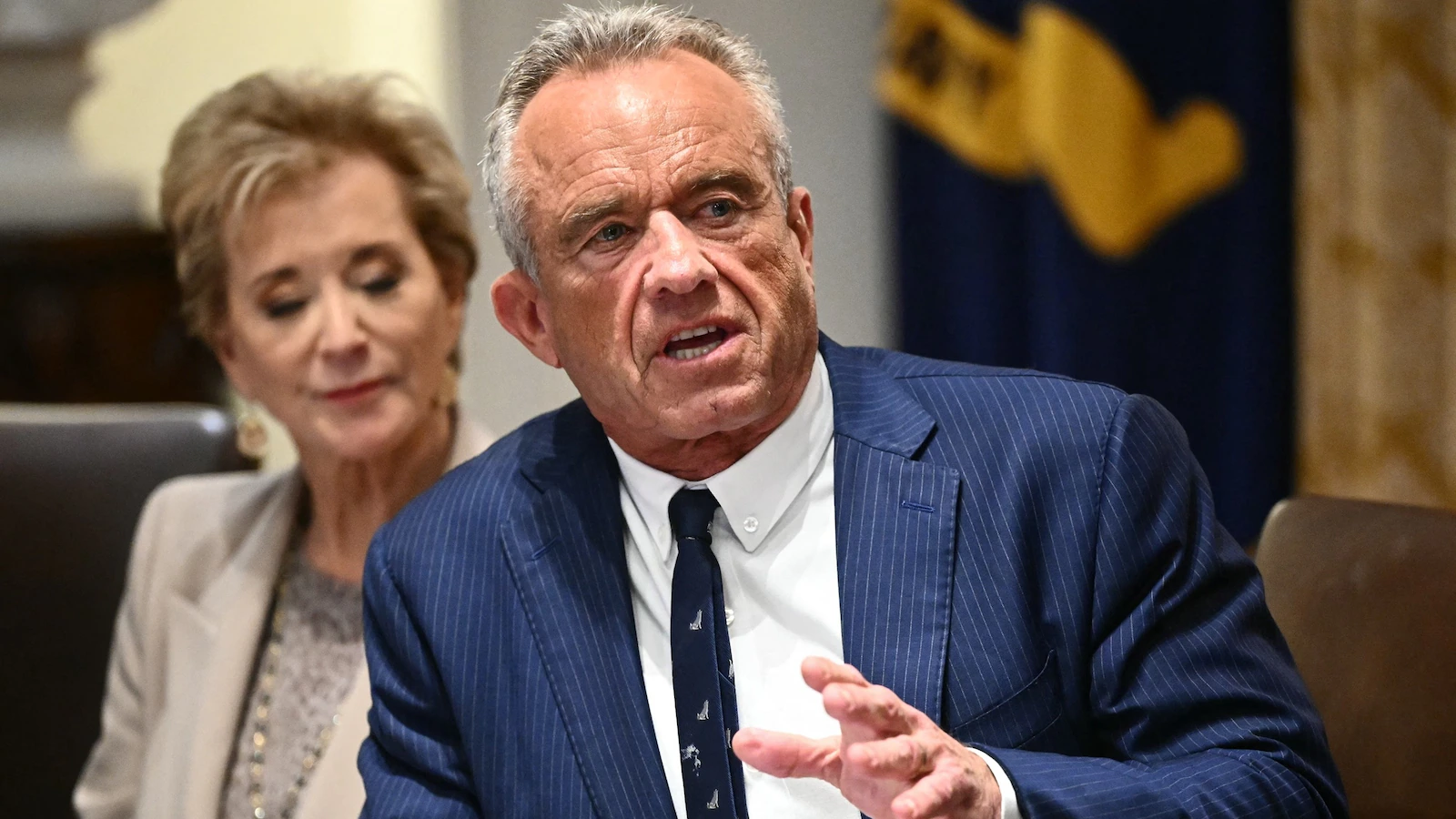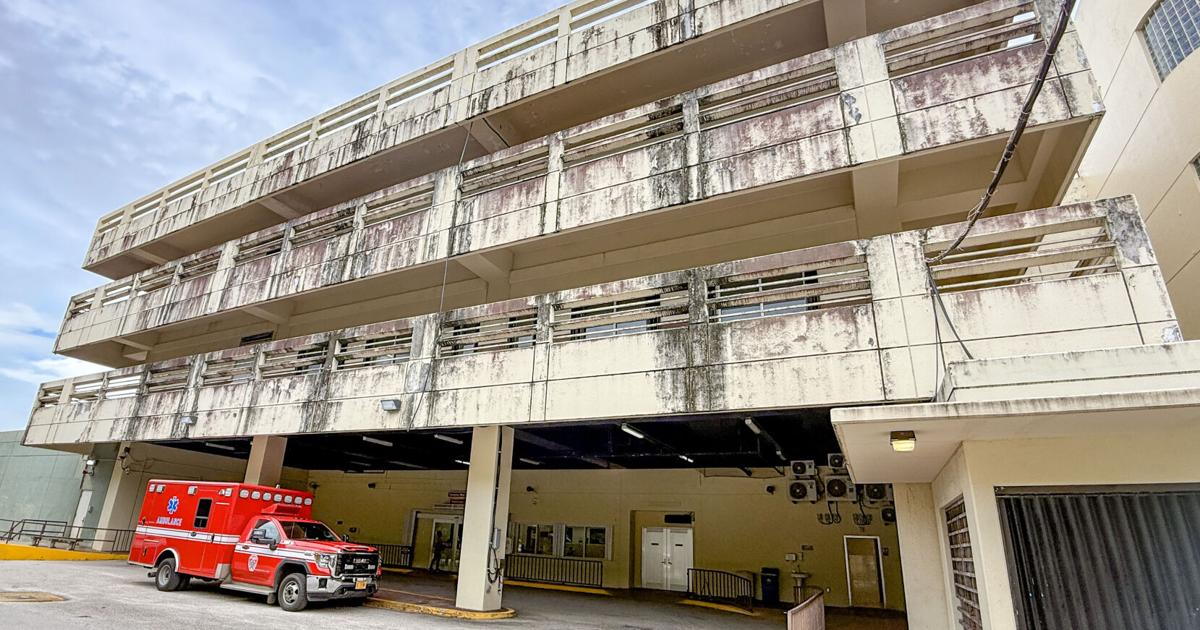
Heading into the next legislative session, state budget writers face an agonizingly familiar problem: How to cut nearly $1 billion in projected spending.
Only now, Democratic leaders warn that federal policy changes are heaping on uncertainty as they prepare to kick over more couch cushions and contemplate new policy changes to close the latest budget gap.
“We pulled a rabbit out of the hat last year to balance this thing,” Sen. Jeff Bridges, a Greenwood Village Democrat and chair of the Joint Budget Committee, said of the state budget. “Trump’s H.R. 1″ — the tax bill the president signed into law in July — “sort of knocked that rabbit out of our hands, and I don’t know if there’s anything left in that hat.”
Earlier this week, state economists projected that the general fund, which covers most day-to-day operations in the budget, would be about $841 million in the hole if state spending continues on the current trajectory into next year. The overall budget continues to grow, but not as fast as the costs facing the state. In particular, the cost of health care for the state’s poorest residents simply continues to swallow up more and more of the limited tax dollars Colorado can collect under the Taxpayer’s Bill of Rights, or TABOR.
The imbalance between the projected costs to run state services and how much money the state can collect means another year where lawmakers will need to cut substantially — the latest in a series of crunches that have had budget writers looking for savings and rewriting tax policy.
Earlier this year, they pulled back $1.2 billion in planned spending because of a similar problem. And just over a month ago, legislators met in a special session and ended some tax breaks, while the governor swept cash accounts, made midyear cuts and dipped into the state’s reserves to account for another $783 million hole brought on by tax cuts in President Donald Trump’s marquee tax and spending bill.
Lawmakers on the powerful Joint Budget Committee don’t know just yet where they will target these latest cutbacks. They will make these decisions throughout the winter, ahead of the regular legislative session that starts in mid-January, and continuing into the early spring.
But they expect that road to be fraught, especially if a recession takes shape.
“We must always have a balanced budget in our state, which is a good thing,” Rep. Shannon Bird, a Westminister Democrat and vice chair of the committee, said. “But how do we do that in a way that’s least harmful to the people in our state who expect that help? I expect this to be a really, really difficult process as we enter the next session.”
Though the final budget historically has passed with bipartisan support, there’s typically plenty of partisan debate ahead of time. Republicans have accused the Democratic majority of mismanaging the state’s long-term prospects by passing unsustainable programs that have driven the state into a structural deficit.
Democrats, in the majority since 2019, have countered that the state’s TABOR restrictions don’t account for the historic rise in health care costs and other non-optional spending. While the economy grows, they argue the problem is less about revenue than external factors.
This year, the budget committee will navigate another wrinkle. Three of the six members have an eye toward higher office in the 2026 election: Bridges is running for treasurer, Bird wants to unseat Republican U.S. Rep. Gabe Evans and Sen. Barbara Kirkmeyer, a Brighton Republican, is running for governor.
Budget cycle begins soon
Gov. Jared Polis will present his balanced budget proposal to the committee in about a month, after which legislators on the committee will start scouring state spending. They will knock down, prop up and rework spending for the next fiscal year, which will run from July 1 to June 30, 2027.
Polis’ proposal will pitch ways to rework state spending to keep it below the cap set by TABOR. It will be only the most recent occasion for his scissors. Last month, in response to the federal tax and spending bill, he cut $103 million in budgeted spending and swept another $146 million from state cash accounts.
Polis and other Democrats have cast Trump’s tariffs and the tax bill, known as the “One Big Beautiful Bill Act,” as exacerbating the state’s budget problems. Trump’s tariffs created or steeply increased the import tax for a variety of foreign goods and parts, increasing costs for businesses and consumers and sowing uncertainty with unpredictable implementation.
The federal budget bill cut corporate taxes and some individual taxes, but it also cut federal reimbursement for Medicaid and other assistance programs for the poorest Americans and created new administrative requirements.
Taken together, Democrats warn the federal policies threaten to slow economic growth, shift more financial burden to the state and potentially drive more Coloradans to seek help from the government if they fall on hard financial times.
“(The tax bill) and President Trump’s reckless tariffs are having a major negative impact on Colorado’s economy,” Polis said in a statement. “As we look at how to manage those budget impacts, I remain committed to protecting funding for education, public safety and other major priorities. We will be looking at all options for cuts to balance the budget while ensuring we protect all that we can.”
Polis proposed several cuts last year that ran into resistance from lawmakers, particularly in education. The legislature also raised reimbursement rates for Medicaid providers, over Polis’ suggestion to leave it alone, only for Polis — months later — to cut back the higher rates to make up the lost revenue from the federal tax law changes.
About a third of Polis’ recent midyear cuts and cash sweeps hit the Department of Health Care Policy and Financing, which administers Medicaid in Colorado.
Are more Medicaid cuts or limits possible?
Medicaid and K-12 education together make up about 60% of the state’s nearly $17 billion general fund budget. Education spending in particular is sacrosanct to lawmakers, so soon after the state celebrated finally meeting constitutional funding requirements after more than a decade of chronic underfunding.
But the bulk in those two areas’ costs also means lawmakers must carve a wide path around them when looking for places to trim.
Medicaid has been a particular pain point. If spending there continues on its current trajectory, according to projections from the governor’s office, that safety-net system would swallow up nearly all of the state’s budget in the next 15 years.
Bridges, the budget committee chair, characterized Medicaid as having essentially three levers lawmakers could pull to rein in the spending: Cut the level of service, limit who qualifies for the program or change how the state pays for those services.
It’s an open question to what degree the legislature will adjust those levers and how much structural change lawmakers want to push, he said. Unknowns from the federal bill and economic conditions make those predictions premature.
Economic storm clouds add to those concerns. On Monday, economists predicted a higher chance of a recession in the next year as Trump’s tariffs put pressure on the bottom lines of businesses and Coloradans’ personal budgets.
“(This budget) comes at a time when more and more folks expect the services that we provide through the state,” Bridges said. “Services we have said, time and time again, people deserve and that they’ve paid into.”
Like others on the budget committee, Rep. Rick Taggart, a Grand Junction Republican, didn’t yet have specific areas of state spending where he’d look for cuts, though he said K-12 education would be off-limits and that the state must protect citizens who rely on Medicaid.
He floated the idea of wrestling Medicaid expenses down by mirroring some of what private insurance covers, such as the cap dental insurers have on services in a given year. He explicitly ruled out adding copays or deductibles that would keep the poorest Coloradans from accessing care.
Bringing this upcoming budget into balance will take a fine-toothed comb and a mix of long- and short-term changes, he said. He blamed some of the budget woes on the state’s unsustainable spending levels following the influx of cash from the pandemic-era American Rescue Plan Act, and he said those decisions also need reexamining.
Until the work begins in earnest this fall and then with the legislative session early next year, Taggart predicted a lot of personal angst as he thinks through the task ahead.
“Whenever there is an unknown to this magnitude — and I’ll only speak for myself — I get very concerned and very worried until I get the opportunity to roll up my sleeves,” Taggart said, referring to the budget briefings and department hearings that start in November. “Then my angst goes down, because we have a great staff in the JBC, and I know they’re going to give me a lot of good ideas and my colleagues a lot of good ideas.”



